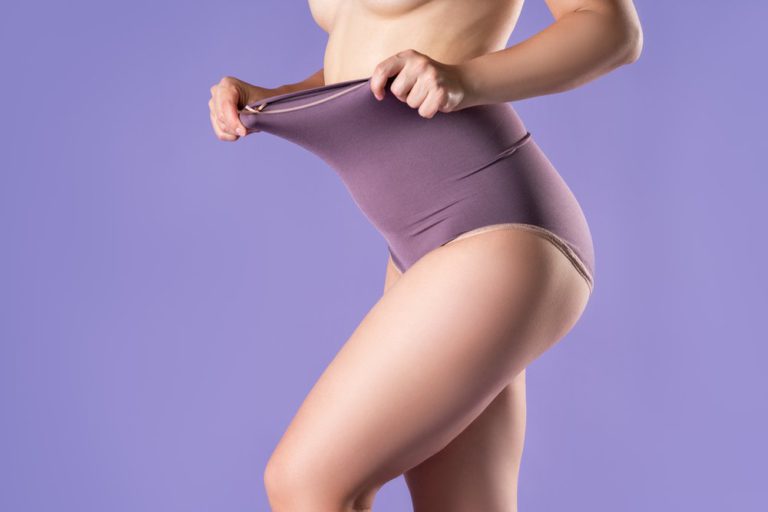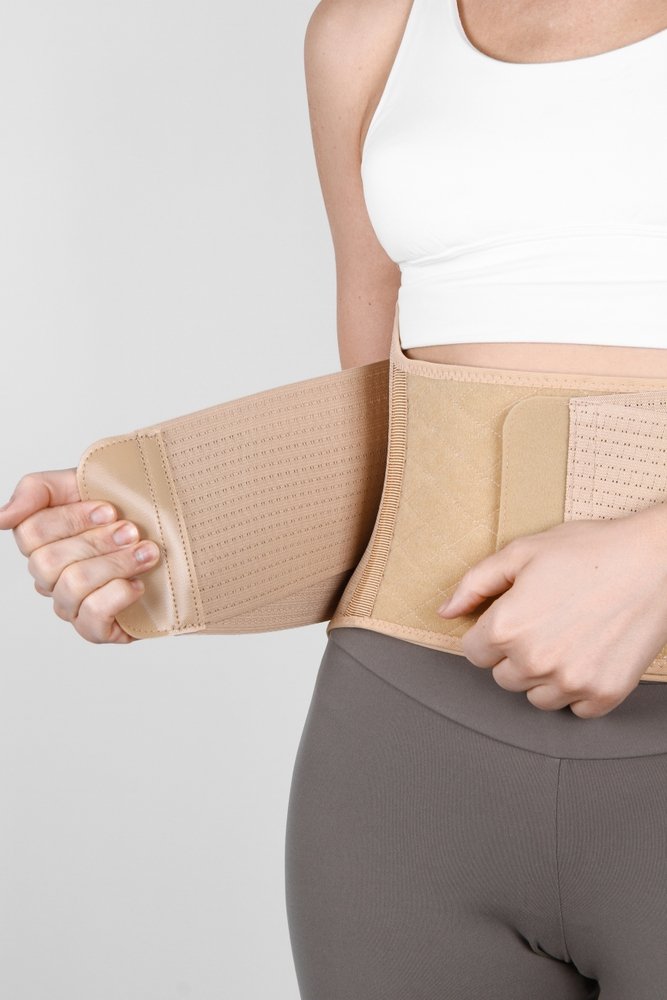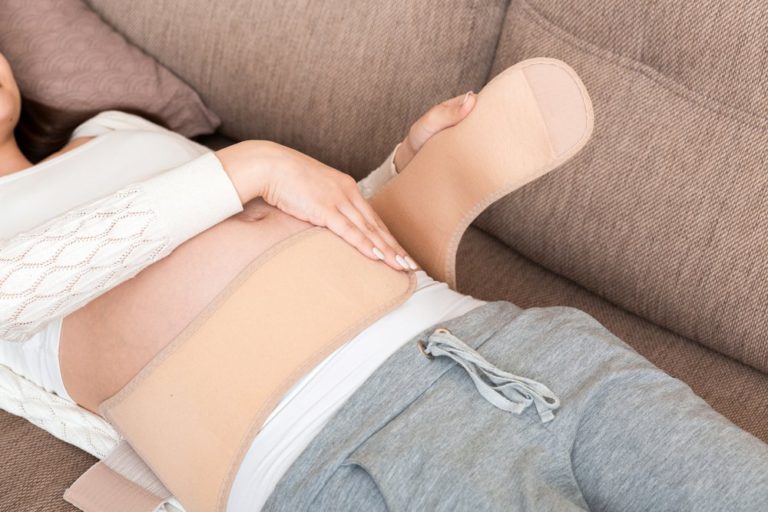Many women experience substantial changes in their body, including the breasts area, after pregnancy. It is often challenging to correct these changes with physical activity and a balanced diet. That’s why women undergo an advanced, cutting-edge procedure known as Mommy Makeover to restore the volume of breasts, tummy, or buttocks.
Changes to the breasts’ volume and shape, stretch marks and sagging of the skin in the abdominal area, and fat deposits in the thighs and hips commonly occur after pregnancy. A mommy makeover is an excellent way to restore your appearance. It is an outpatient procedure, meaning you can return home following the surgery.
However, you may spend the night in the surgery center, hospital, or aftercare facility depending on your health status, the procedure you have undergone, or any other complication.
In that case, you will return home the day after the procedure. Many women ask: how to sleep after mommy maker? Today’s article will answer this question and give you essential details. Read on!
Use a Recliner

Mommy makeover, such as tummy tuck or breast augmentation, requires the patient to sleep in a unique position. Most surgeons and health providers recommend sleeping with your upper half elevated.
Remember, breast augmentation, tummy tuck, or liposuction requires the patient to use a recliner, reducing the risk of complications, such as strain on their upper body and abdominal muscles. Besides, using a recliner allows you to transition from this position to standing and streamline the entire process.
Sleep On Your Back
Although sleeping on your back is an excellent way to balance your body muscles, it becomes essential during the rehabilitation period. Sleeping on your back prevents excess pressure on your body, particularly your chest and abdomen, reducing discomfort, inflammation, or pain in the area.
In addition, sleeping in this position can also result in better cosmetic results. It is crucial to sleep on your back before undergoing surgery to create a good habit, especially if you normally don’t sleep on your back. Otherwise, you will find it challenging to sleep in this position and experience severe discomfort.
Wear Supportive Garments
Wearing supportive garments is essential while sleeping at night. Make sure you wear a compression garment according to your health provider’s instructions. That way, you reduce the risk of swelling, inflammation and ease tension on your incisions.
Compression garments are specifically designed to protect the area of concern, leading to better cosmetic results with no or fewer complications. Remember, your surgeon will decide how long you will wear supportive garments.
Modify Your Sleep Routine
Although it is pretty challenging to make changes to your sleep routine, not modifying it will cause complications. For instance, it is wise to avoid food and habits that hinder your good night’s sleep.
Avoid sugary food, caffeinated beverages, alcohol, and smoking to sleep better at night. Likewise, stop using your smartphone for 2-3 hours before going to bed. Otherwise, the blue light will damage the retinal cells and disrupt your circadian rhythm.
Therefore, cut back on these harmful items and focus more on healthy habits, such as drinking plenty of water, consuming foods rich in essential nutrients, reading a book, etc. That way, you can improve melatonin levels and fall asleep faster.
Stay Active in Daytime
Health professionals advise patients to avoid heavy exercise for a few weeks to streamline their rehabilitation periods and speed up recovery. However, staying active during the daytime is essential to maintain blood circulation in your body.
For example, you can have short walks throughout the day to increase blood flow to your muscles and brain. Increased oxygenated blood flow to your brain causes it to release melatonin and serotonin.
The former promotes sleep, and the latter elevates your mood, leading to a healthier and deeper sleep at night. You don’t need to get outside for walks. If you have enough space at home, you can walk around your house.
The primary objective of staying active throughout the day is to reduce the risk of blood clots. Likewise, when you stay active, your body feels tired in the evening, signaling your brain to release melatonin and make you fall asleep faster.
When can I Sleep in Bed after my Mommy Makeover?

A proper sleep routine is essential for quick recovery and wound healing. Not only does it speed up the skin repair process, but you also make the transition from a recliner to the bed quickly. However, sleeping in bed after the mommy makeover requires careful planning and preparation.
For instance, give your bed a makeover and use pillows to keep your head and torso elevated. That way, you can keep your body in a slightly bent position. Remember, this is an affordable and straightforward way to get the job done adequately.
What is the Best Position to Sleep after a Mommy Makeover?
The best position to sleep after a mommy makeover is on your back. However, this requires you to leverage the pillows. Bear in mind that you will experience tightness in your abdominal area after undergoing the procedure.
So, you may not lay flat completely. Placing pillows under your legs is an excellent way to keep your body slightly elevated. If you want to reduce swelling or inflammation in your chest, you can place a pillow under your back to keep the area raised.
Moreover, another best position to sleep after mommy maker is the fetal position. It is a good option for people not used to sleeping on their back. Not only does the fetal position reduce discomfort and pain in your back, but it also adds comfort to your sleep.
Supply List for after a Mommy Makeover
You will need a few essential supplies after a mommy makeover. These include compression garments for your thighs, abdomen, and breasts. Compression clothes prevent fluid accumulation and reduce the risk of inflammation while comforting and supporting your body during the rehabilitation period.
Remember that discomfort, bruising, and swelling are normal parts of the recovery process. However, you can manage these things by taking prescription medications. Your health provider will remove the bandages within the first weeks and non-dissolvable statures after two weeks.








